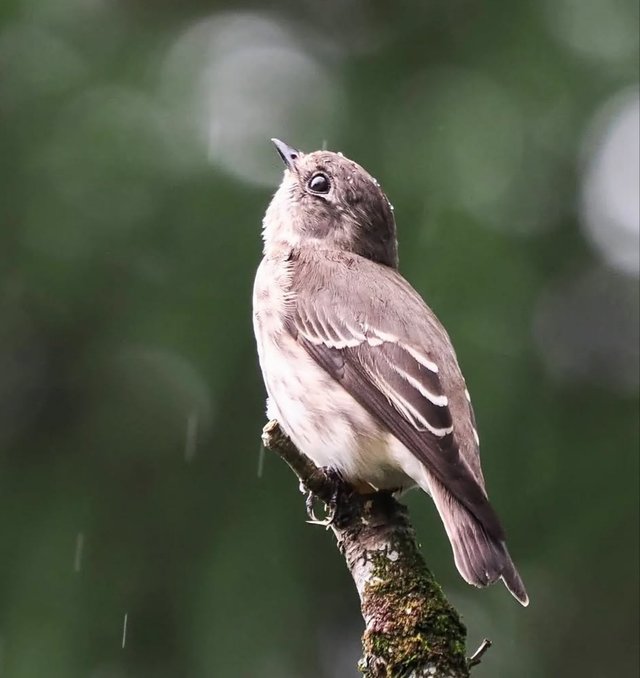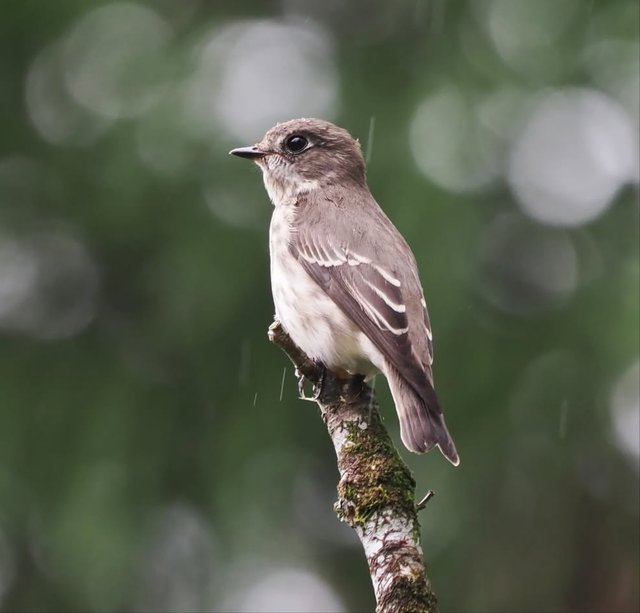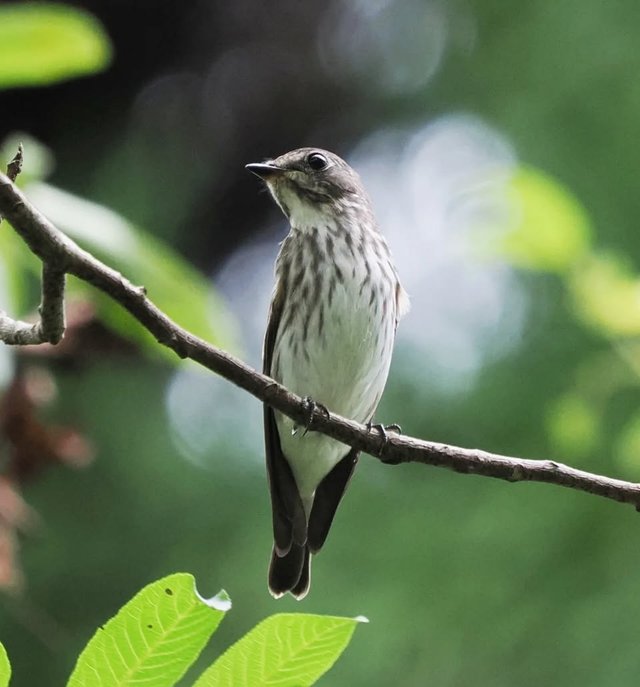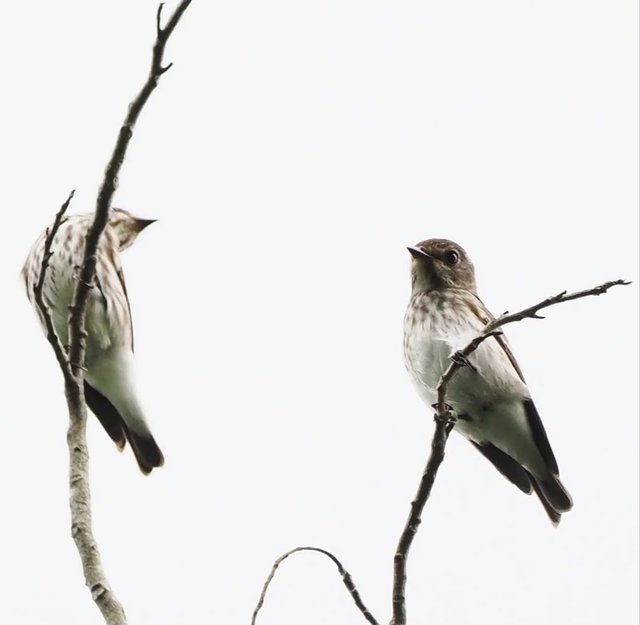Grey-Streaked Flycatcher Bird
Grey-streaked Flycatcher: A Detailed Overview
The Grey-streaked Flycatcher is a small passerine bird belonging to the family Muscicapidae. It is a migratory species native to East Asia, known for its subtle yet beautiful plumage and agile aerial hunting style. Despite its understated colors, this bird plays an important role in forest ecosystems as an insect predator and serves as a fascinating subject for birdwatchers and ornithologists alike.
Taxonomy and Classification
Kingdom: Animalia
Phylum: Chordata
Class: Aves
Order: Passeriformes
Family: Muscicapidae
Genus: Muscicapa
Species: M. griseisticta
The Grey-streaked Flycatcher shares its genus with several other flycatcher species, many of which are distributed across Asia and Europe.
Physical Description
The Grey-streaked Flycatcher is a small, slender bird, typically measuring 13–15 cm in length and weighing about 12–18 grams. Its plumage is primarily grayish-brown on the upperparts with fine streaking on the underparts, giving it the characteristic “grey-streaked” appearance.
Key identification features include:
Head: Pale greyish with faint streaking.
Back and Wings: Brownish-grey upperparts with subtle wing bars.
Underparts: White or pale grey with distinct streaks on the breast and flanks.
Bill: Short, dark, and slightly flattened—perfectly adapted for catching insects mid-flight.
Eyes: Large and dark, giving it a gentle and alert expression.
Distribution and Habitat
This species breeds in northeastern Asia, including parts of eastern Russia, northern Japan, and the Korean Peninsula. During the non-breeding season, it migrates to Southeast Asia and Indonesia, often stopping in coastal areas, forests, and wooded parks during migration.
Preferred habitats include:Deciduous and mixed forests
Forest edges and clearings
Mangroves and secondary growth areas during migration
Parks and gardens in urban settings, especially during stopovers
Behavior and Diet
Grey-streaked Flycatchers are classic aerial insectivores. They perch quietly on branches or wires and then dart out swiftly to snatch flying insects mid-air—a behavior known as “hawking.” Their diet consists mainly of:Flying insects such as flies, beetles, and moths
Occasionally small spiders and caterpillars
They are generally solitary or found in pairs during the breeding season but may be seen in loose groups during migration. Their flight is quick, direct, and agile, enabling them to pursue fast-moving prey.
Thanks For Reading
Device Information
| Device | Redmi Note 10 Pro |
|---|---|
| Lens | 64 mp |
| Location | Bangladesh |




